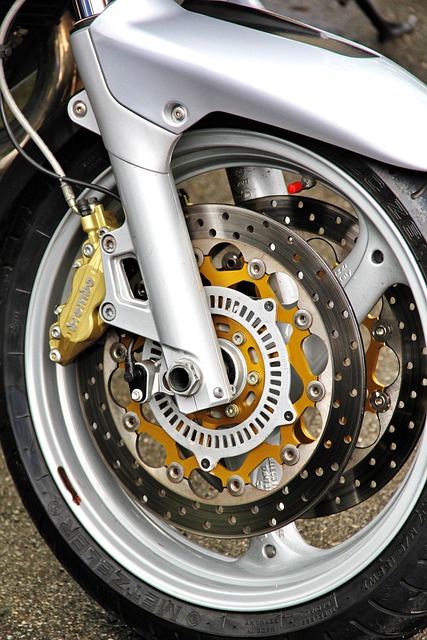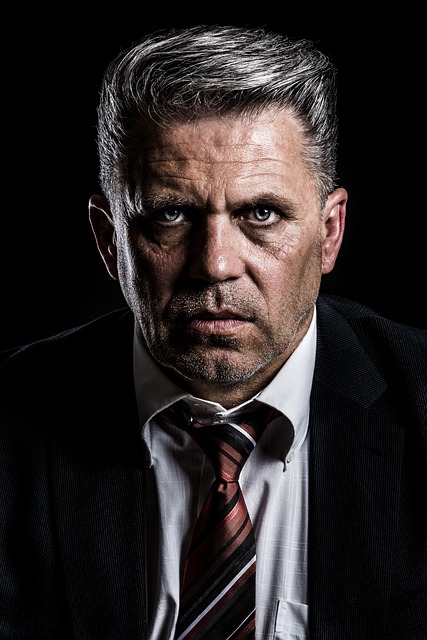Car crash victims require a holistic rehabilitation approach addressing physical and emotional aspects. This includes chiropractic care, physical therapy, counseling, and support groups for mental healing. Long-term chiropractic rehabilitation targets spinal injuries, chronic pain, and mobility issues, facilitating a patient's return to an active lifestyle. Techniques like adjustments, manual therapy, and exercise programs restore strength, flexibility, and overall well-being post-car wreck.
After a car crash, comprehensive rehabilitation is crucial for full recovery. This guide explores the essential components of long-term chiropractic care for individuals navigating post-accident injuries. We delve into understanding unique needs, crafting personalized plans, and implementing effective emotional and physical support strategies. By integrating these steps, you can enhance recovery outcomes and reclaim your well-being following a car wreck, focusing on both the body and mind.
- Understanding Long-Term Chiropractic Care Needs
- Comprehensive Rehabilitation Plan: Step-by-Step Guide
- Post-Crash Recovery: Emotional and Physical Support Strategies
Understanding Long-Term Chiropractic Care Needs

Chiropractic care plays a vital role in the long-term rehabilitation process for individuals who have been involved in car crashes. Beyond acute care, ongoing chiropractic treatment is essential to address the complex and often lasting effects of automotive accidents. A comprehensive approach recognizes that each patient’s journey is unique, requiring tailored care to manage pain, restore mobility, and prevent future complications.
Long-term chiropractic rehabilitation after car wrecks involves a multi-faceted strategy. Chiropractors may employ various techniques such as adjustments, manual therapy, exercise programs, and lifestyle counseling to address musculoskeletal imbalances and nerve damage. Regular check-ups ensure that patients receive ongoing care, allowing chiropractors to monitor progress, adjust treatments as needed, and provide education on injury prevention. This continuous support is crucial in helping individuals regain their physical well-being and return to active lifestyles after a car crash.
Comprehensive Rehabilitation Plan: Step-by-Step Guide

After a car crash, victims often require a multifaceted approach to recovery, which is where comprehensive rehabilitation comes into play. This process involves a step-by-step guide designed to address physical, emotional, and cognitive aspects of healing. Initially, medical professionals conduct a thorough assessment to understand the extent of injuries.
This foundation allows for the development of a personalized plan integrating long-term chiropractic care alongside other therapeutic modalities such as physical therapy, counseling, and occupational therapy. The subsequent stages involve progressive exercises tailored to improve strength, flexibility, and range of motion while also addressing pain management. Regular check-ins with healthcare providers ensure adjustments to the rehabilitation plan based on ongoing progress and evolving needs.
Post-Crash Recovery: Emotional and Physical Support Strategies

Recovering from a car crash is not just about healing physical injuries; it’s also a journey of emotional resilience. The immediate aftermath of such an event can be overwhelming, causing fear, anxiety, and even trauma. Therefore, a comprehensive support system is essential for individuals navigating post-crash recovery. This includes access to mental health professionals who can provide counseling and therapy to help process emotions and reduce stress levels. Support groups and community networks can also offer a safe space for sharing experiences and receiving encouragement.
Long-term chiropractic rehabilitation plays a crucial role in physical recovery, addressing potential spinal injuries and chronic pain often associated with car wrecks. Chiropractors utilize various techniques such as adjustments, massage therapy, and exercise programs tailored to the individual’s needs. This holistic approach ensures that not only are physical symptoms alleviated but also that patients regain their strength, flexibility, and overall well-being, fostering a smoother transition back into daily life.
After a car crash, comprehensive rehabilitation is key to a full recovery. This involves a combination of long-term chiropractic care, a structured rehabilitation plan, and emotional support. By understanding the unique needs of each individual and implementing these strategies, those affected can navigate their journey towards healing and reclaim their lives. Long-term chiropractic rehabilitation after car wrecks plays a vital role in restoring function, reducing pain, and improving overall quality of life.














